Animals influence the carbon cycle in myriad ways. By enabling wildlife populations to recover in both number and diversity, rewilding could significantly reduce atmospheric carbon and move us beyond net zero.
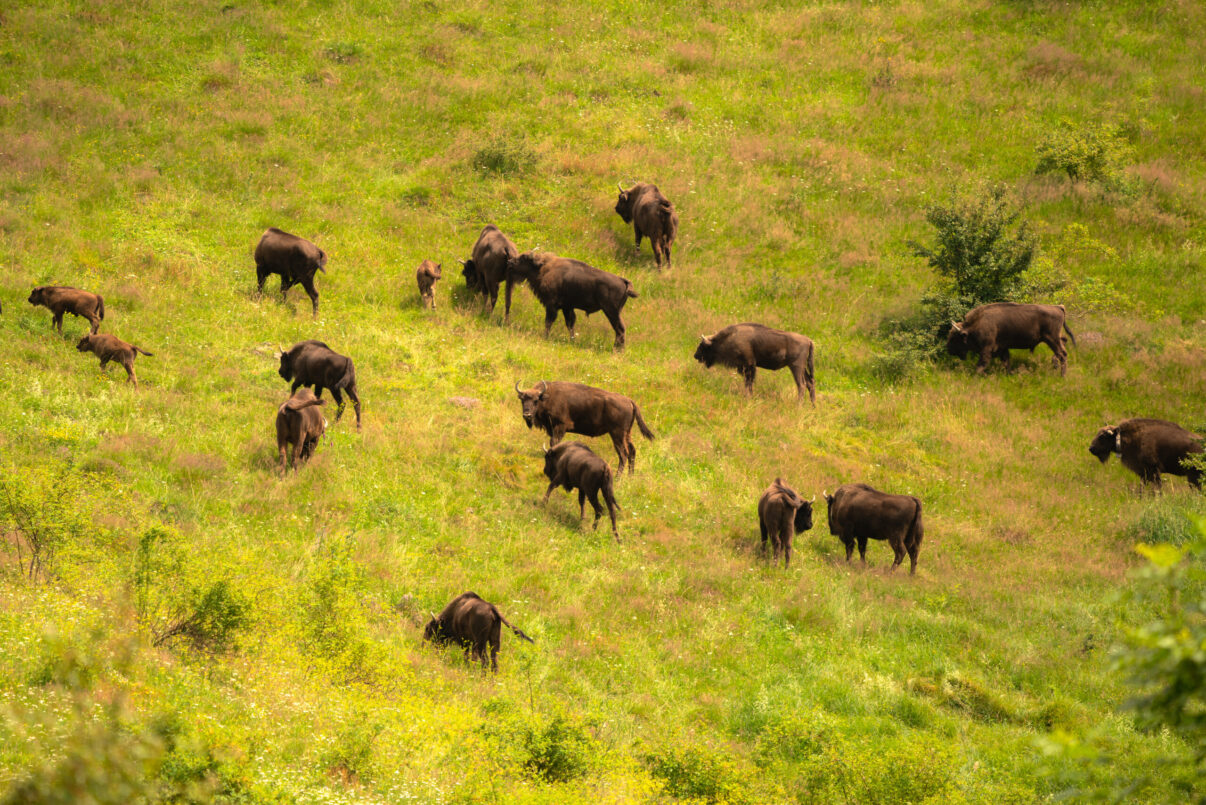
Animating the carbon cycle
Restoring the world’s wildlife populations to significant, near historic levels has the potential to massively increase the absorption and storage of atmospheric carbon. By helping us go beyond net zero, wildlife comeback can help us keep global warming below the critical 1.5oC threshold.
This important role of animals species in locking up carbon – which is called “Animating the Carbon Cycle (ACC)” – is being increasingly proven by a growing body of research. It means that the immediate scaling up of rewilding – as a nature-based climate solution – is even more important if we are to minimise the risk of extreme climate-related effects. To effectively address climate change, it means we not only need to protect and restore habitats such as peatlands, grasslands, and seagrass meadows, but the animal populations they host as well.
“Restoring, rewilding, and conserving the functional role of vertebrate and invertebrate species can be a climate game-changer by magnifying carbon uptake by 1.5 to 12.5 times (in some cases more) across the world’s ecosystems,” says Professor Oswald Schmitz of the Yale School for the Environment, a key originator of the ACC concept.
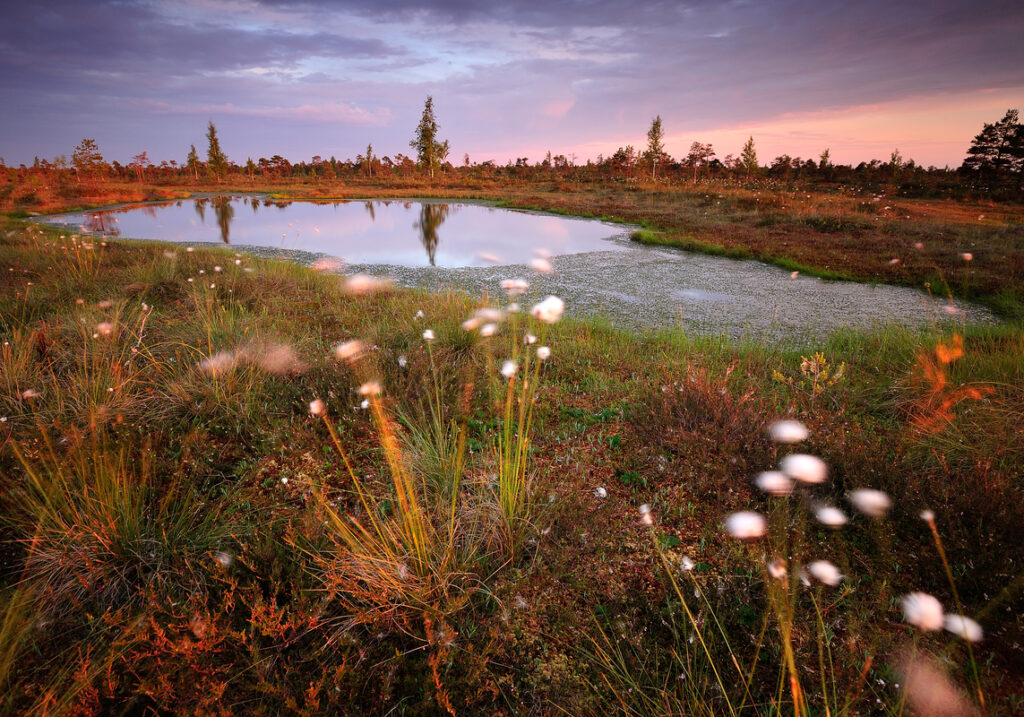
Wildlife and carbon
Much of the discussion around nature-based solutions to the climate crisis focuses on restoring habitats, both on land and in the sea. While such restoration is critical, this discussion frequently overlooks the fundamental role that wildlife plays within those habitats facilitating carbon uptake and storage.
Animals influence the carbon cycle in myriad ways. Herbivores – such as wild horses, European bison and Tauros – affect the exchange of carbon between ecosystems and the atmosphere through their grazing, by redistributing seeds and nutrients over vast areas of land and sea, and by trampling and compacting soils and sediments. As the recent GrazeLIFE initiative showed, free-roaming herbivores at their natural population density can have a positive impact on climate change by increasing the amount of carbon drawn down and stored in plants, preventing outbreaks of catastrophic wildfire, protecting against permafrost thawing, and increasing soil and sediment-based carbon retention.
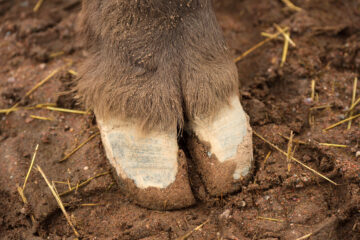
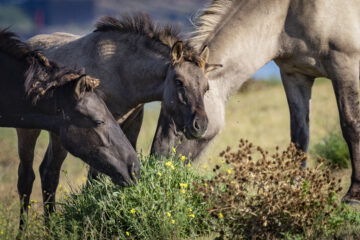
Carnivores also play a critical role by keeping nature in balance. Recent studies have shown that the loss of important predators – from wolves in boreal forests to sharks in seagrass meadows – can lead to the uncontrolled growth of terrestrial and marine herbivore populations. This leads to excessive grazing pressure, reducing the ability of ecosystems to absorb carbon. In aquatic ecosystems, whales and fish act as nutrient translocators, consuming prey in deep water and excreting nutrients at the surface, stimulating the production of phytoplankton which pulls carbon dioxide into the water column.
Further information about the current and potential role of particular animal species in the carbon cycle can be found in a newly published booklet from the Global Rewilding Alliance (GRA).
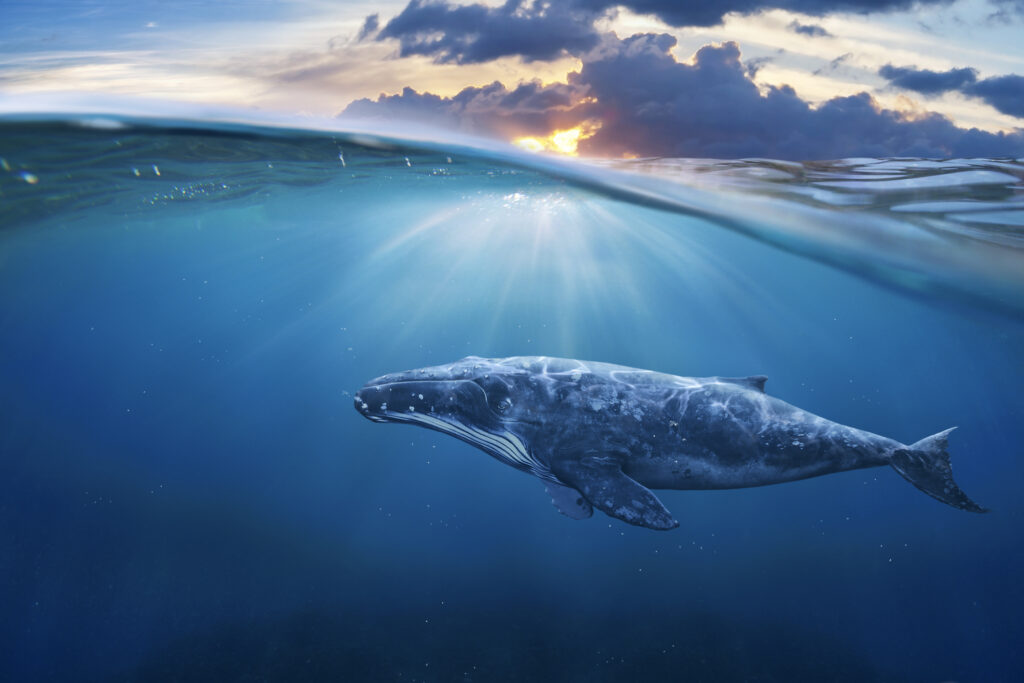
Moving forwards
Many ecosystems – the basis of our natural wealth – are currently broken or severely degraded. Yet rewilding now offers a historic and unique opportunity to recover them and the essential wildlife populations they contain (or could contain). By revitalising natural processes and supporting wildlife comeback, rewilding restores the overall health and functionality of entire ecosystems. These ecosystems are then able to play their optimal role in the global carbon cycle once again, support enhanced biodiversity, and provide the benefits that we, as humans, rely on.
Moving forwards, the positive impact of wild animals on the carbon cycle will become increasingly relevant as scientists and policy-makers advocate and support the use of nature-based climate solutions.
To demonstrate the potential of the ACC approach further, a high-level group of 60 scientists, economists, and civil society organisations (including Rewilding Europe) have launched an initiative titled “Animate the Carbon Cycle: Supercharging ecosystem carbon sinks to meet the 1.5oC target“. By 2024, this will confirm the massive, yet highly undervalued impact that intact and functional nature has on stabilising the climate, and the huge and timely opportunity that restoration and rewilding presents.
“Restoring, rewilding, and conserving the functional role of vertebrate and invertebrate species can be a climate game-changer”
Professor Oswald Schmitz
Nature is our best ally
For its own part, Rewilding Europe will continue its efforts to scale up rewilding as a means of helping nature heal our climate. This includes supporting wildlife comeback, both in our own rewilding landscapes, and through other European rewilding initiatives, allowing them and other natural processes to shape the landscapes and take care of itself. Find out more about the positive climate impact of all rewilding work carried out in the fifth installment of our impact story series, which is being published to celebrate Rewilding Europe’s tenth anniversary.
Get involved – World Rewilding Day
This year’s World Rewilding Day, which is organised by the Global Rewilding Alliance and took place on March 20, focused on the scaling up of rewilding as a nature-based climate solution. Using the hashtag #WhyWeRewild, there were many ways for people and organisations to spread the word about rewilding in the run-up to the event, and to become part of the burgeoning rewilding movement.
